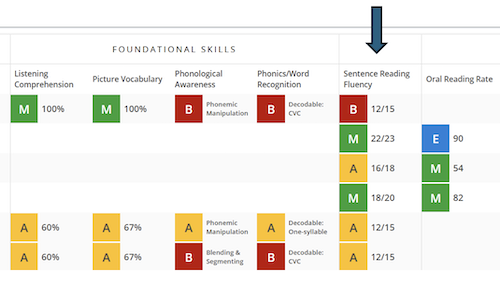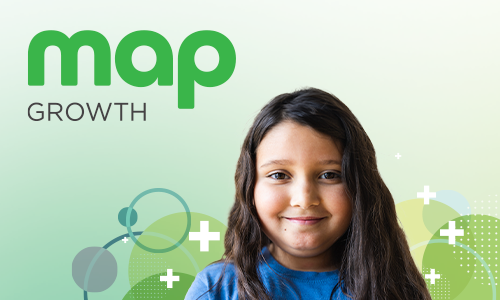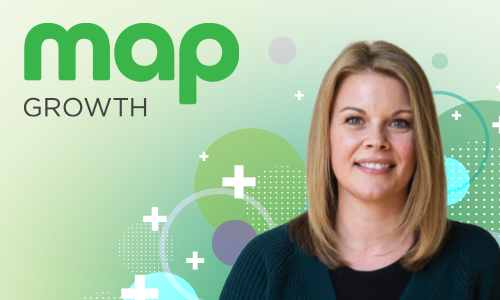
Imagine you have a friend who sets a new goal to run ten miles a month. This might be a weekly target for some people, but for your friend who doesn’t run, it’s a major accomplishment to even set this goal. It’s something to rightfully be proud of.
Your awesome friend might struggle at first, maybe with the wrong kind of sneakers, running too fast, or taking difficult routes with serious hills. However, by tracking progress and making small adjustments along the way—like getting a good pair of running shoes and finding a route that is not so hilly—your friend gradually achieves their goal. They continue to not only track their progress, maybe with a fitness tracker or recording observations in a journal, but also to make sure to reflect and make changes when necessary.
Does this routine sound familiar? This process of continuous monitoring and adjustment mirrors a crucial foundational teaching practice known as formative assessment.
Formative assessment allows for regular check-ins
You more than likely track and monitor your student’s daily, weekly, and monthly progress in a variety of ways. You administer assessments, record observations, talk with your students, and reflect and make adjustments as needed. And just as your friend remembers to avoid a route with ankle-busting terrain, you avoid instructional obstacles by carefully attending to your student’s understanding.
Formative assessment is the method to that teaching magic. It’s the careful monitoring of student learning through a variety of tools and strategies that guide and inform your instruction.
There are countless ways to put formative assessment to good use in your classroom. If you’re in need of ideas for new ways to use it, I encourage you to read the formative assessment archive here on Teach. Learn. Grow. But did you know MAP® Growth™ can be a valuable part of the puzzle?
Integrating formative assessment with MAP Growth
A helpful way to think about formative assessment and MAP Growth is that formative assessment provides the road map for the school year while MAP Growth provides three checkpoints: in fall, winter, and spring.
MAP Growth should be administered at strategic moments in the year to help you make sure that what you’re doing is working and that your students are growing. In between those assessments are all those other formative assessment stepping stones, like weekly class quizzes, peer-to-peer feedback cycles, unit exams and midterms, and exit tickets. These are all used to inform planning in between MAP Growth assessments and to let you know that you are on the right track.
While formative assessment happens more frequently than MAP Growth, it works hand in hand with MAP Growth to help you reflect and respond. While your class-level formative assessments provide insight at the ground level, MAP Growth provides context for how your students are doing compared to similar students nationwide. That can help you understand if students are on track compared to kids just like them. For more on this, watch this video.
Conclusion
Formative assessment is a great tool for seeing not just where your students are but also what next steps could be taken to support them in their learning. Just like a new runner evaluates their performance and adjusts to achieve their goals, formative assessment helps ensure that you can help your students stay on the right track. And once those goals are reached? It’s time to celebrate!





